|
Listen in to Robin and Barb of the Green Mountain Club, Bennington Section, discussing their Wilderness First Aid course that they attended this past summer. If there is one message that we all should consider when hiking it is : BE PREPARED References for the 10 Essentials of Hiking that is mentioned in this podcast Click Below to Listen to the Wilderness First Aid podcast Click to Download the podcast to listen offline
0 Comments
Thinking about taking a journey across the northern part of America with a visit to Banff National Park in Canada? Wondering what you may see along the way? Reed and Kathy, of our Green Mountain Club, engaged in a 6 week, multi thousand mile road trip during the summer of 2023. With their Prius towing their trusty 'Trudy' (their sleep-mobile), 2 bicycles on the roof sharing space with a 16 foot canoe, they conquered the roads, the mountains, and were rewarded with the incredible beauty and adventure of national monuments and forests. Join them on the podcast below as they fill in the details of their awe inspiring travel. PS: you will hear in the podcast a reference to the above mentioned travel book. Sounds like "Road Trip" is a 'must read' if you are seeking the slower, more scenic backroads of America on your next road trip. Got your next Road Trip scheduled? Click the link below to listen to the Podcast If you wish to keep this Podcast offline, then Click to Download the MP3 podcast file
Located just off Route 9 in Woodford you'll see an old road/hiking path into the woods. Follow this for about a mile and you'll arrive at the old, abandoned Waters Hill Cemetery. This fascinating glimpse into history contains gravestones from 1794 - 1861. Imagine what life must have been like in this remote area during the early 1800's! Below are 2 articles about this remarkable place. This walk is 1.8 miles round trip with about 420 feet of elevation gain. You can click the files to read them or see the full text below.
Waters Hill Cemetery From Woodford Town Report Waters Hill Cemetery or as some called it Eddy Cemetery, is located on Waters Hill (so-called). It is about 2 miles in from Route 9, just inside the township of Woodford from Bennington. The old cemetery is about 20 yards off an old logging road. It is not easy to find, unless you know when to look for it. As described in the Bennington county Gazetteer and Business Directory for 1880-1881, "An old cemetery established about one hundred years ago by the side of this road on the hill surrounded by a stone wall, is thickly grown up with trees and shrubbery, and one has to look sharply to find the many headstones. On a visit to this neglected resting place of Woodford's pioneers, the oldest inscription found on a plain marble slab, was as follows: In Memory of Mr. Otis Eddy, Who died Oct. 22nd, 1794 In the 22d year of his age. Death, like an overthrowing stream, sweeps us away, our life a dream. As you hike up the hill towards the cemetery, if you look closely, you will find several old cellar holes from buildings or homes that must have once been there. I often wonder how difficult life must have been for those families that lived, worked and died there. If you notice the names and ages on the gravestones, you will find many children buried there. How sad that must have been for our early settlers Below are the inscriptions on the headstones located at that cemetery Inscriptions In memory of Mr. Otis Eddy who died Oct 22, 1794 in the 22 year of his age In memory of Mr. Obediah Eddy who departed this life May 4, 1826, aged 75 years In memory of Mrs. Phebe Eddy who departed this life May 27, 1821, aged 75 years Two inscriptions on one stone - Anna wife of Ebenezer Temple died May 9, 1806 in the 4 7th year of her age Amy, dau of Ebenezer § Anna Temple died Oct 29, 1840 in the 51 year of her age In memory of Mr. Nathan Taft who died January 215 1809 aged 54 years 9 months and 26 days In memory of Mr. Spencer Lyon who died Dec 26, 1827 aged 70 years & months §18 days Mrs. Mary Lyon, widow of Spencer Lyon died Nov 7, 1840 aged 82 years In memory of Mrs. Rhoda Lyon wife of Mr. Elisha Lyon who died June 30th 1829 aged 33 years 28 days Four inscriptions on one stone - Sophronia died August 8, aged 14 months and 2 days Emely died April 30th 1822, aged 1 year & 8 months Proper died October, 1825, aged 6 months Truman R. died Nov 24, 1827 aged 6 months and 6 days The children of Elisha & Rhoda Lyon Two inscriptions on one stone- Zadock E. son of Elisha and Sally Lyon, died June 21, 1835 aged I year § 8 mon Mary A dau of Elisha & Sally Lyon died June 23, 1855, aged 3 mon. Rachel, dau Of Wm. § Susan Wood died April 1830 age 12 years 3 mon Susan, wife of William wood died Dec. 6, 1832 age 27 years Joseph Bickford died Feb 22, 1837 in the 38th year of his age Harriette. Daughter of Cyrus § Phebe Knapp; died May 27, 1838; age I yr. 9 mo., 6 days Amy c. wife of Joseph Bickford died Oct 31, 1839 age 44 Eunice E, Daughter of Philites & Sally Knapp, died Nov 15, 1839 age 2 years, 1 mon. & 6 days. Two inscriptions on one stone- George W. Knapp: died May 11, 1841; aged 3 yr. 8 mon Charlotte Maria Knapp died May 13, 1841; aged 1 years, 10 mon, &9 dys The children of Charles and Mancy Knapp Joseph Knapp, Esq.-died May 9, 1854; age 78 Martha A. Wife of S.B. Cotton died Feb 13, 1856. Age 35 years Caroline E, daughter of Wm § Polly Knap; died Apr. 11, 1861. Age 21 years & 6 mon Samuel Harris died July 19, 1868; Age 85 years, 5 m's 9 d’s The early settlers of Woodford lived up there because they worked as loggers. I imagine that life must have been very hard there. The snow can be very deep at times and the temperatures extremely cold. I think of the conveniences we have now and wonder how they survived. Gardening must have been difficult in Woodford's rocky soil, but they could have raised sheep and cows. There probably weren't many trips to Bennington for supplies as the trek on foot or horseback would have been long It is reported that by the late 1800s all of vermont was 80% deforested due to logging and land clearing for farms. That section of Woodford became deserted probably because a particular logging outfit closed Here are some interesting facts found from reading the inscriptions on the gravestones:
Waters Hill Cemetery is the resting place of many of the early founders of Woodford. I'm grateful to them for providing headstones for us to remember them by. Unfortunately, due to difficulties in maintaining this remote cemetery, the area is being taken over by foliage and trees. However, I encourage you to take a hike up there someday, read the inscriptions and try to imagine the life our founding fathers and mothers had living on the side of Waters Hill. What life could have looked like living on Waters Hill in the 1800's. A trail that leads hikers to the distant past
by Jim Therrien, Vermont Country Aug 8, 2022 WOODFORD - Ghost towns in the Old West are depicted with sun-bleached wooden storefronts, saloon doors creaking in the wind and tumbleweeds rolling down deserted streets. But that wasn’t the case in New England when early settlements were abandoned. Here, the forest simply grew up and reclaimed all but the painstakingly constructed stone walls, the cellar holes and the graveyards. OVERGROWN Such was the fate of an early 1800’s cluster of homes about a mile up a mountainside trail that heads north from Route 9, just past the Bennington line in Woodford. “It was a place where my family would go picnic back in the day, and it was quite a lot more clear up there then,” said Donald Campbell, who lives on nearby Furnace Grove Road on the Bennington side and often hikes up to the site. “It’s all grown up forest now.” The former Select Board member said his great-great-grandparents, who lived in Troy, N.Y. and summered in Bennington, purchased their property in the 1850s from an iron smelting company that had gone bankrupt. “They would go on these family walks, and one of the favorite ones was the walk up to the cemetery and old settlement,” he said. “So it has always been part of the backdrop of living in Bennington for me.” Campbell added, “When the settlement was there, it was all cleared land - you can tell by the stone walls. It was probably [cleared for] sheep, and those walls are evidence of the early settlement period. It didn’t last too long.” BYPASSED One reason the settlement was abandoned involved construction of a new roadway from Bennington to Woodford, replacing one higher on the ridge that passed close to the settlement. Such a bypassing was a common experience for any number of American communities over the years, whenever a railroad line, a new larger highway, a canal, an airport or similar project literally left a once-flourishing community behind. Another reason was the decline of iron ore smelting in Bennington during the early 19th century. Previously, furnaces blazed away in the Furnace Grove area - from which Campbell’s road takes its name. Iron smelting in the area also employed hundreds of workers at one time, many living in quarters provided by the iron works. “It was a short-lived settlement; then forest started to grow back up,” Campbell said. WILDERNESS “I think the bigger story is that it is now all part of this large block of Forest Service wilderness,” said Campbell, “and that it is available to Bennington as part of our outdoor recreational opportunities as we brand ourselves more and more as Vermont Begins Here...It’s great, being a park for everyone, a wilderness for everybody.” Campbell’s interest in parks and land preservation extends to his job: He’s the regional project director for the Vermont Land Trust. The hiking trail today continues past the settlement site to Woodford Hollow, while a spur trail takes one to the top of Bald Mountain. After the settlement’s decline, a lumber company owned the land, and it was eventually sold to the U.S. Forest Service to become part of the Green Mountain National Forest. HISTORIC CEMETERY According to a 2015 report on the burial ground, known as Waters Hill Cemetery, author Sally Krizan Eaton writes that a 1940 survey found there were at least 35 graves at the overgrown site, dating from 1794 to 1861. Some of the surnames are Bickford, Cotton, Eddy, Harris, Knapp, Lyon, Taft, Temple and Wood. Those include Nathan Taft, a distantly related ancestor of President William Howard Taft, and the two wives of decorated Revolutionary War veteran Ebenezer Temple. Temple was born in eastern Massachusetts and served through the entire war, before living the final 40 years of his life in Woodford and dying at 90 in 1847. FAMOUS BATTLES Eaton wrote that Temple was among those rescued by Gen. Benedict Arnold’s troops during the British siege of Fort Stanwix in western New York in August 1777. That was part of the fighting associated with the campaign of British Gen. John Burgoyne, which also included the Battle of Bennington that August and the Battle of Saratoga in October 1777, where Burgoyne surrendered his entire army to the Americans. But Temple’s military career wasn’t finished. He went on the participate in the siege of Yorktown, Virginia, in October 1871, where the British army of Gen. Charles Cornwallis became trapped and surrendered to the American and French forces, effectively ending British attempts to quell the rebellion. A copy of Eaton’s report is preserved in the Bennington Museum library. Click the Audio Link Below to Listen to our Podcast on GMC Sawyer Training Class and Cross Cut Saws
Did you know that our modern cross cut saws were first created in Pennsylvania?Around 1800 the concept of each tooth of a saw being the same on a saw was challenged by creating teeth that cut, alternating with teeth that raked out the cut fibers. Antique Crosscut saws have high-quality steel, which makes them durable and coveted. They deliver clean-finished cuts with their smaller teeth even today. Prior to the steel and tooth design by these innovative companies, a tree was felled by an axe and then cut into pieces using cross cut saws of straight teeth design. Saws with a straight back and generally used by a single person are called Bucking saws. The modern 2 man cross cut saw of 1850 allowed saws to fell and cut the trees into smaller segments. These saws were extensively used from 1850 through early 1900's. Companies such as Disston, E.C. Atkins, Simmons and Harvey Peace were the main suppliers of Cross Cut saws to the world. Listen to the included podcast to learn more of the sawyer class that one of our Bennington Section members attended. For more information on Cross Cut Saws by Warren Miller of Mother Earth News History and Identifying Antique Cross Cut Saws by Suez Halder United States Forest Service usage, training and safety regarding Cross Cut Saws by Wikipedia Interesting facts and figures describing the Wilderness Areas in the USA by The Wilderness Connect Website Sawyer Class Videos and ImagesThe Sawyer training and certification class was sponsored by GMC HQ. They needed certified persons in felling trees for summer projects. Class was held near Pico Mountain, east of Rutland, on private land. Below are various images and videos taken during the 3 day class. Final Felling of large tree, using wedges to force final movement. Long movie but worth the watching! Using Buck Saw to cut fallen tree Using triangulation to determine how tall the tree is and how far it will fall From the logbook of Melville Nauheim Shelter on Vermont Long Trail - June 2020
The following log entries are from June 2019 to spring 2020. These trail logs are for hikers to post any and all thoughts along their journey. =================================================================================== Listen to a podcast discussing the Trail Log with selected narrations by Hamilton, Lorna, Ann and Billy Click audio play button below! My Urban Adventure in Flooded Calgary, Alberta – June 2013
by Lorna Cheriton Flying to Alberta, Canada in June to visit my parents and sisters, I had a number of people exclaim that they hoped I was not going to Calgary. A state of emergency had been declared in the city following historic flooding due to a record snowfall in the Rocky Mountains combined with an extremely rainy month. I was indeed headed for Calgary, where my sister Mary lives in Lakeview, a district so unaffected by the flooding that TV filming of the disaster in the other Calgary districts of Bowness and Elbow Park looked like images disasters from the opposite side of the world. The first two days of our time together, Mary and I obeyed the authorities’ injunctions to stay away (so that emergency crews were not hindered by traffic blocking their way to flooded areas). But on Wednesday June 27, we rode our bikes to the deserted downtown area (power was out so most companies were closed). Stopping for a drink from our water bottles, we were alone in the plaza which is normally crowded. Crossing to the Elbow River bike path, we discovered a river swollen to many times its normal size (even though it had obviously gone down considerably as evidenced by the collapsed banks and by the debris left high in trees and on bridges. A twisted and destroyed bike-and-pedestrian bridge was blocked by plywood and guarded by a policewoman, in case anyone was so foolish as to try to cross it. A few days before, canoeists had launched into the flood-level Bow River and had to be rescued, prompting the mayor to exclaim, with some vehemence, that he had thought it unnecessary but would now declare that “the river is closed and absolutely off-limits!” On Thursday Mary and I drove across the city to her friend Heidi's home, concerned that Heidi and her daughter would be returning from Africa having learned of the flood only the night before when they regained Internet connections. We found streets muddy ...and parking at a premium, since city vehicles and people coming to help all needed spaces, and homeowners needed to keep access to the mountains of debris being hauled out from their homes if dump trucks were going to be able to haul it away. Residents had been advised to put signs in their windows telling what they needed. The normally quiet residential streets were as active as a festival although people were in “recovery” attire – the “uniform” being rubber boots, work gloves and with breathing masks over their mouths and noses. At Heidi's we found a crowd – her co-workers, soccer team-mates and friends had hauled everything from her basement, spreading potentially salvageable items across the lawn and heaping non-salvageable trash into a mountain of muddy bulges in the driveway and edge of the street. Someone finished with the hose, so I coiled and carried the lengths to where I could hose down objects in the driveway and on the lawn. Car carrier, mirrors from the bar, liquor bottles, furniture, clothes, bikes and sports equipment ( even a silver tea set) - all were covered with a hard-packed coating of clay from the river. Later, a couple from an unaffected district approached us to offer help and spent several hours with us, peeling photographs out of clay and washing them in buckets where the water quickly turned as brown as the river. We had barely started work when people in the street approached us, offering food. I had brought a water bottle and several granola bars, but throughout our work, both adults and children from unscathed areas of the city brought bottles of cold water, fruit, cookies, sandwiches and muffins. Stations set up on street corners were laden with food, drink, work gloves, and masks, with porta-potties nearby. On Friday evening, some young women came by inviting us to a neighborhood party where they promised Calgary's famous sausages would be grilled for volunteers. Meandering down to check it out, we crossed a plank over the Moat, a ditch whose depth had increased to 3 feet because of the flooding. An apparently abandoned lot had been set up with free beer, tables of food, and a large banner across the entrance embellished with the image of a cowboy hat and the message “This is how we giddy-up.” People climbed on a ladder to add their thoughts to the banner; others wrote their answers to questions posted on big poster paper tacked to the side of a building -
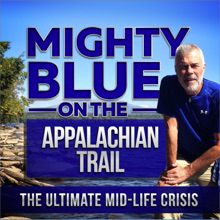 THE RADIO HIKING NETWORK An overweight, 61 year old retiree, with zero hiking experience, decided to hike the entire 2,185.3 mile length of the Appalachian Trail in 2014. What could possibly go wrong? Join Steve and his guests as they discuss all aspects of the trail, from gear to Lyme Disease, then back to trail magic and injury. You will find a scrolling list of previous podcasts at the bottom of this page Use this link to access Steve's many podcasts. Scroll down this page to find the list of previous podcasts. You may recognize this amazing person if you are from the Massachusetts, Vermont area.
Listen to Sylvia discuss her hiking experiences and insights. SPRING TRAIL WORK Although “overnights” require taking more gear, they have a special quality, partly due to evenings and mornings in the mountains as well as relaxed time with other GMCers. Lorna recalls....
Trail Work is the major focus of the Bennington Section of the GMC in spring, so here's a look back at some of the highlights and memorable experiences of previous trail clearing years:
2013
Terri Armata's Spring Flora and Wildlife Notes If we have a warm, rainy evening, watch for amphibians (frogs, salamanders) as they journey across roads to pools to breed. If you find a vernal pool, take a look for jelly-like masses of frog and salamander eggs. Look up! Raptors are making their way north too. The Broad-Winged Hawks should be moving through our area in mid-April to the beginning of May. Be on the lookout on nice warm days for Mourning Cloak, Eastern Comma, and Compton Tortoiseshell Butterflies on dirt roads or forest trails. In rich hardwood woods, the white butterfly seen weakly flying is either the West Virginia White or the Mustard White. Check out an exciting new Citizen Science website: eButterfly! Now you can enter your observations just like eBIrd. Vermont Center for Ecostudies is coordinating it in this State. So... Binocs, field guides and pencils in hand everyone. This is an exciting time of year. |
Access Octomono Masonry Settings
GMCTidbits, tips, memories... Archives
January 2024
Categories |
||||||||||||||||||||||||||||||||
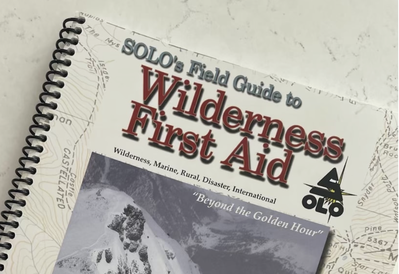
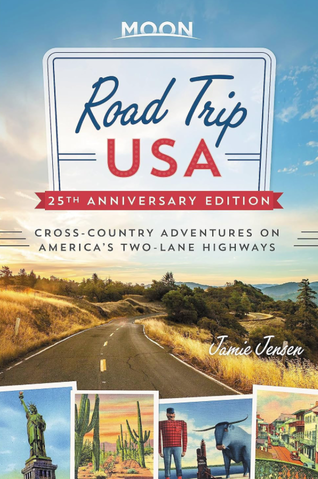
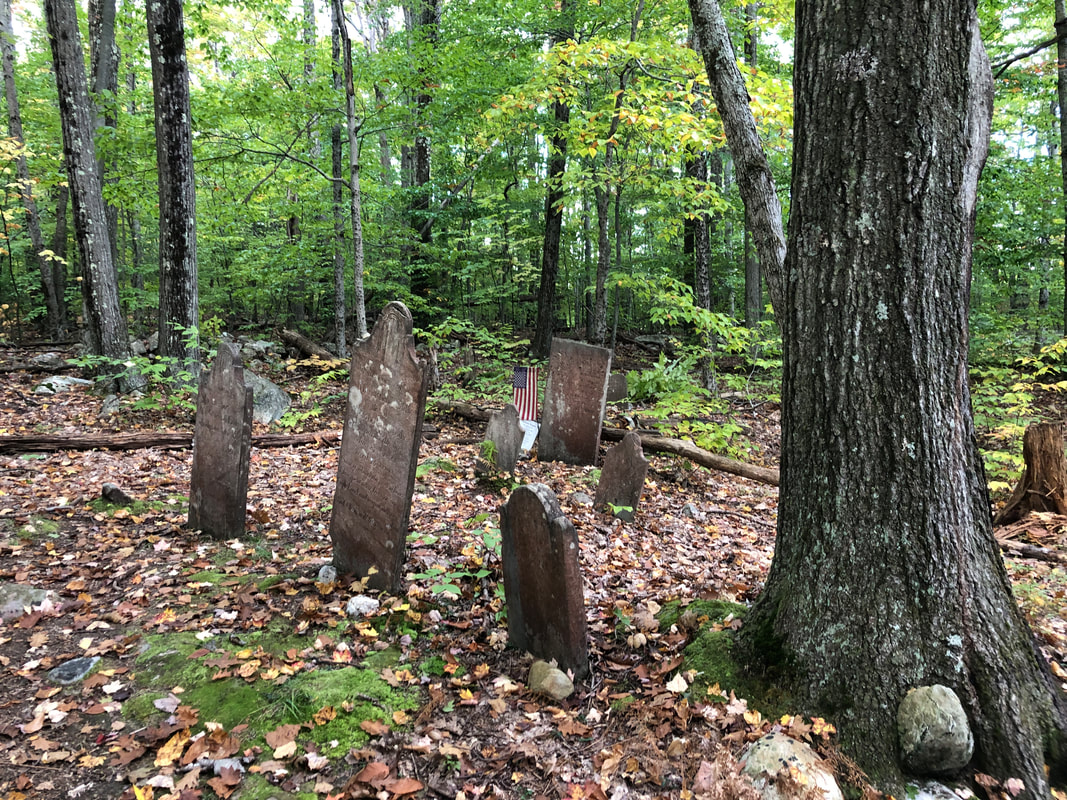
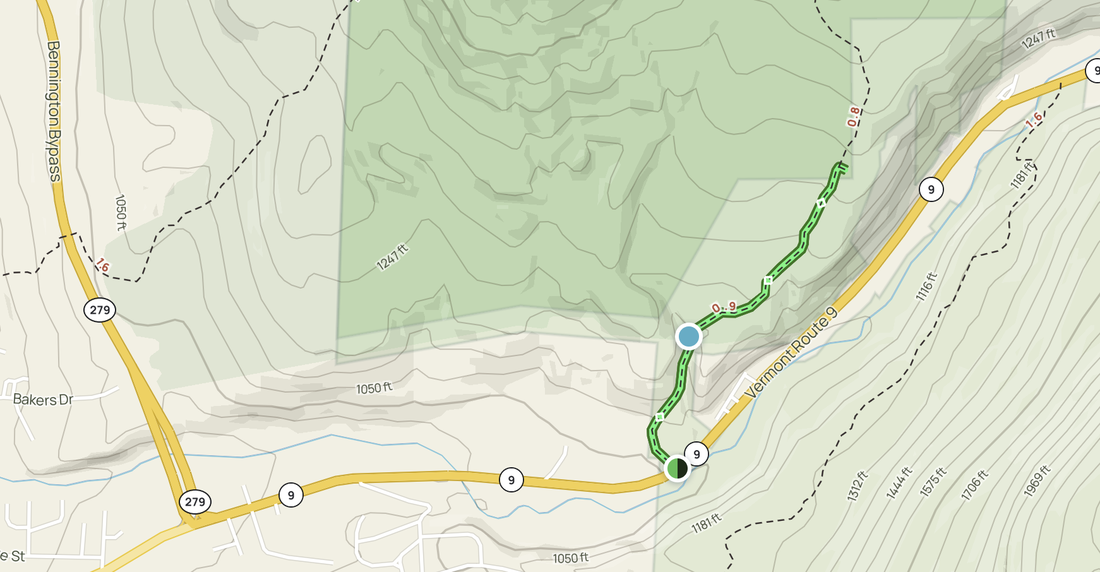
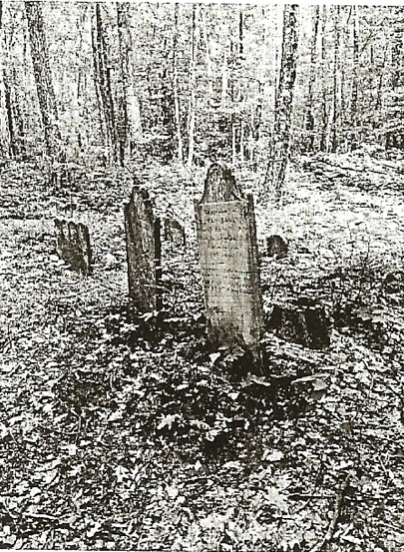
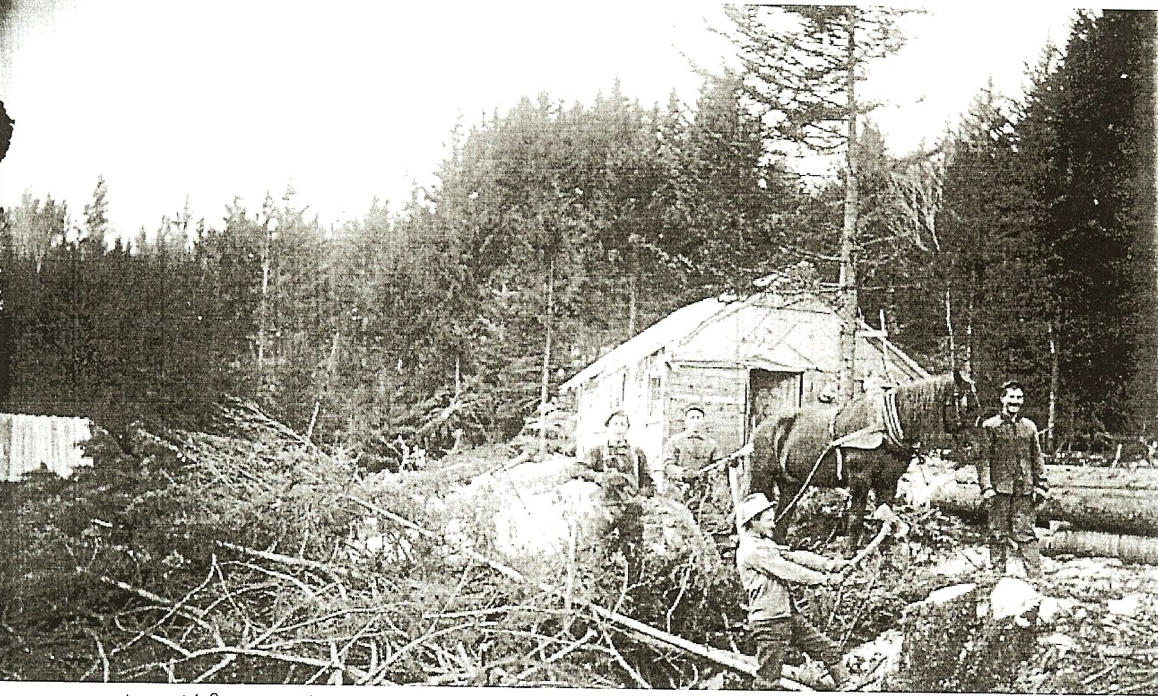
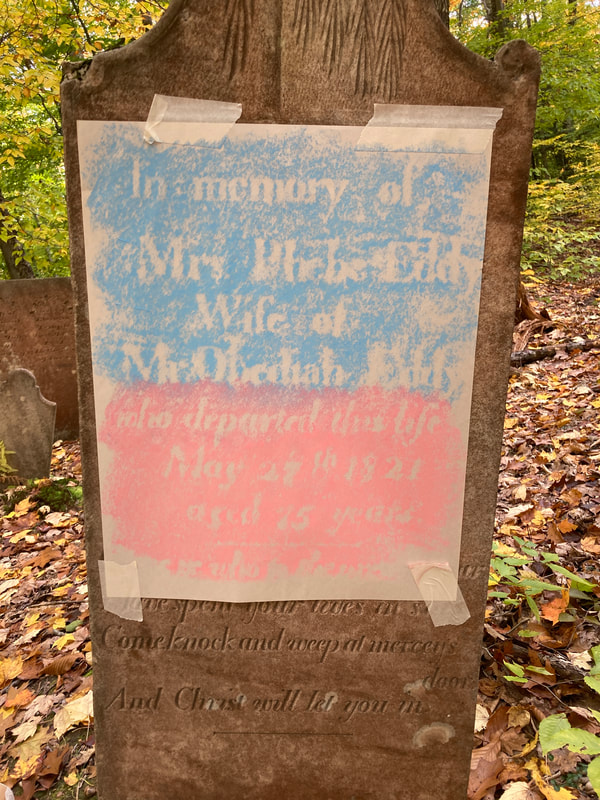
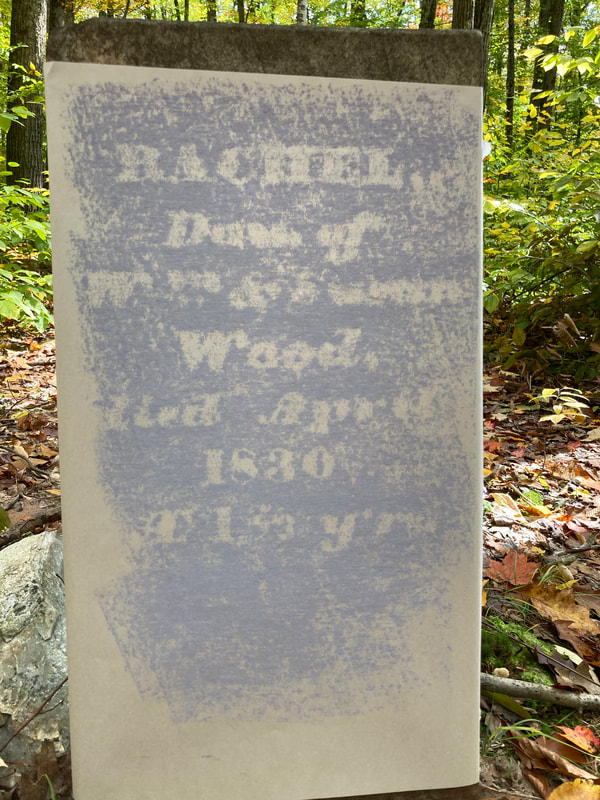
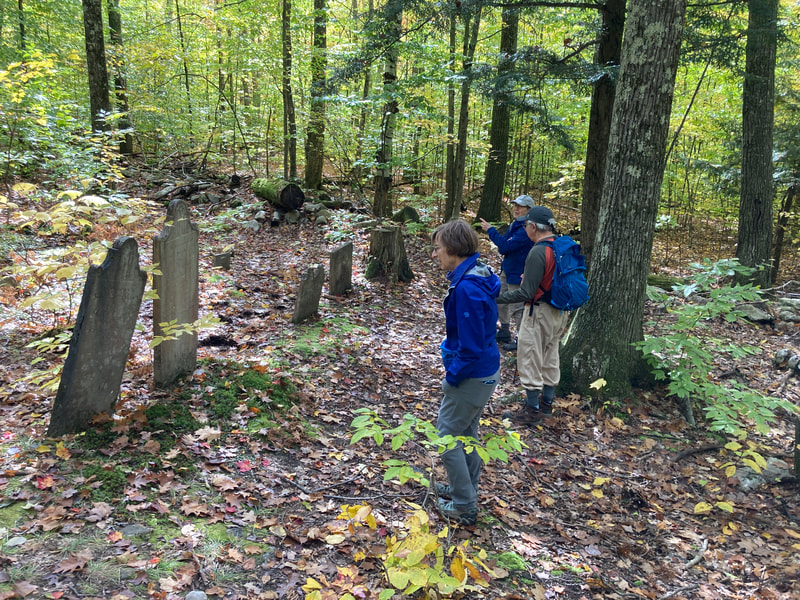
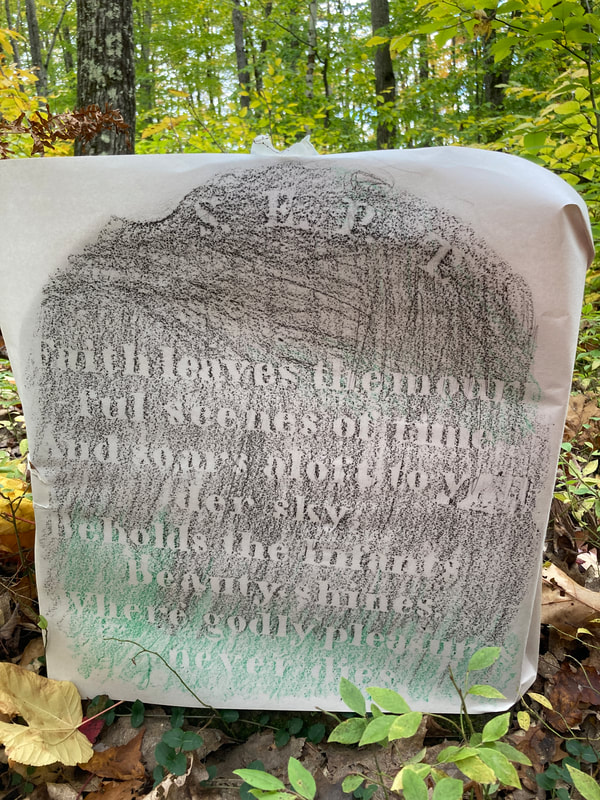
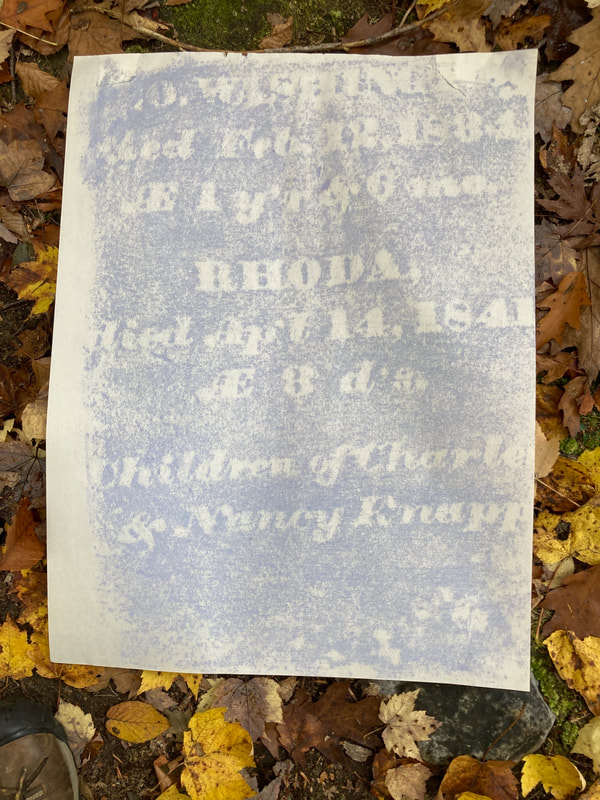



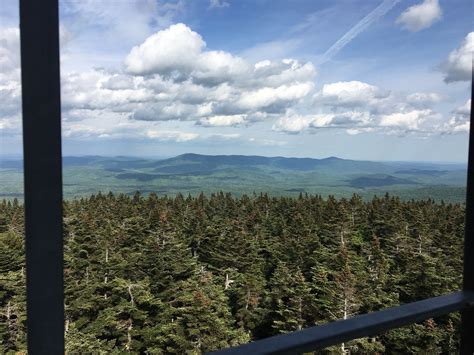
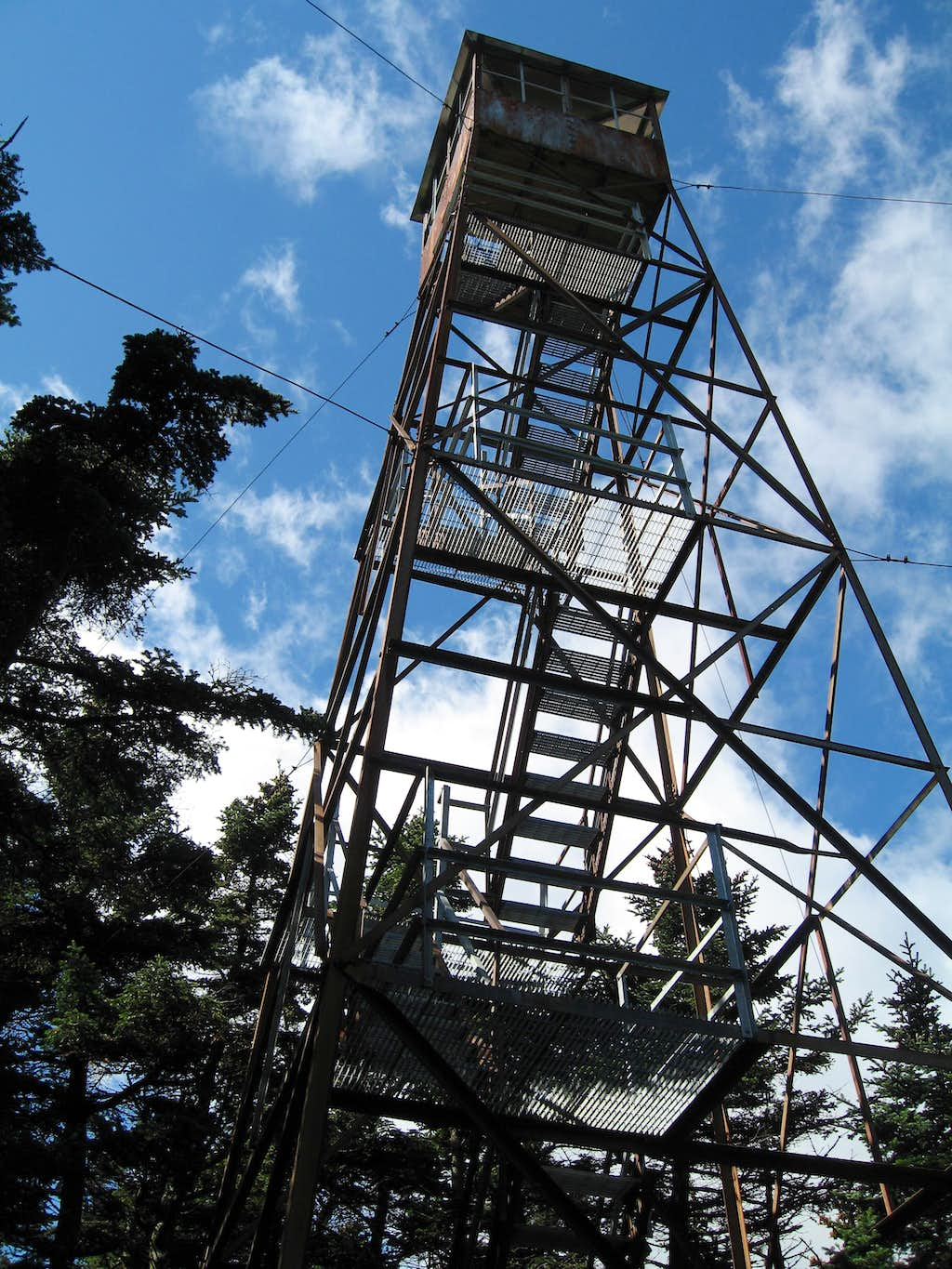
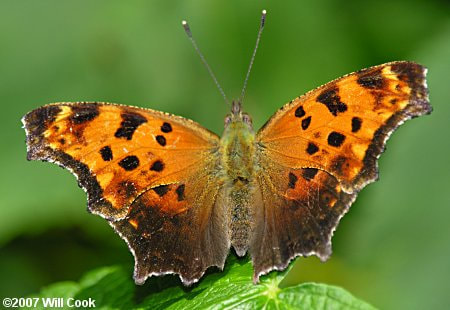
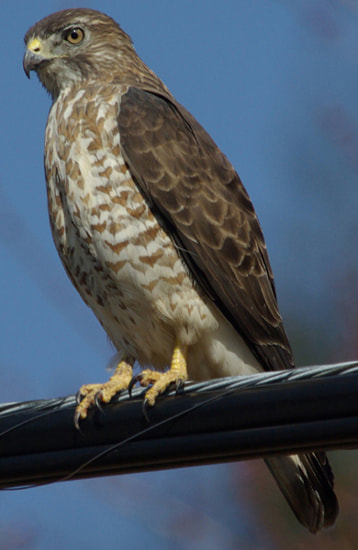
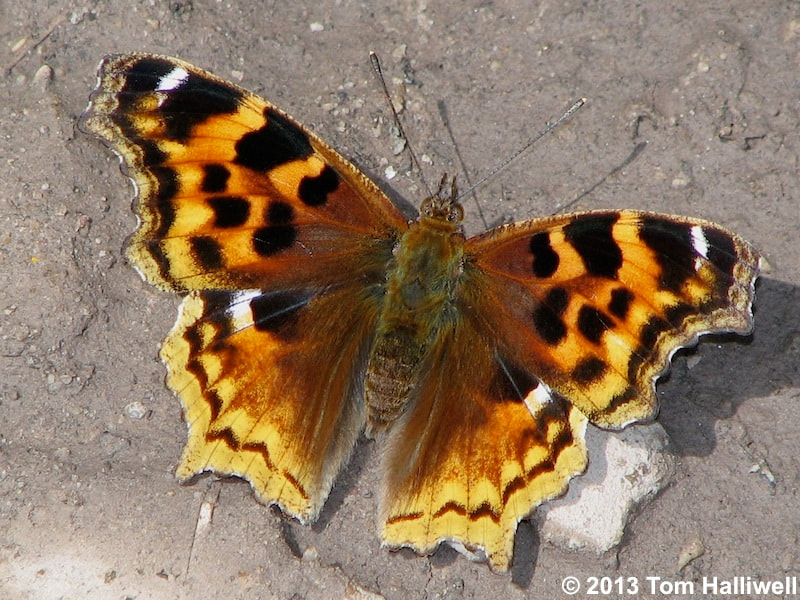
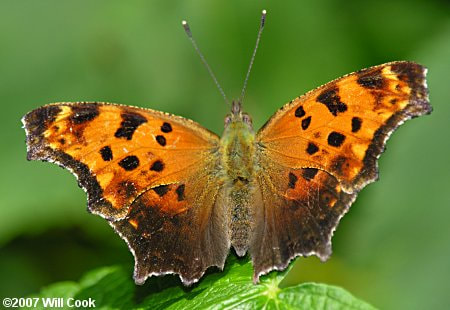
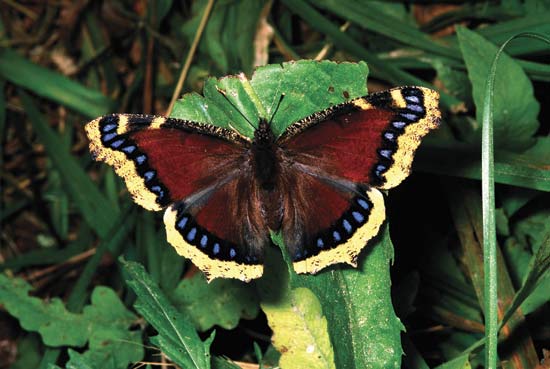
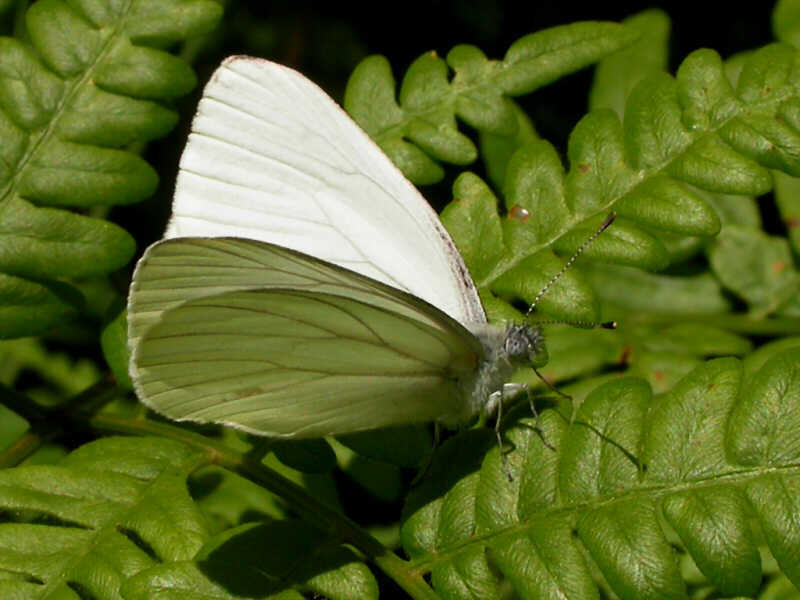
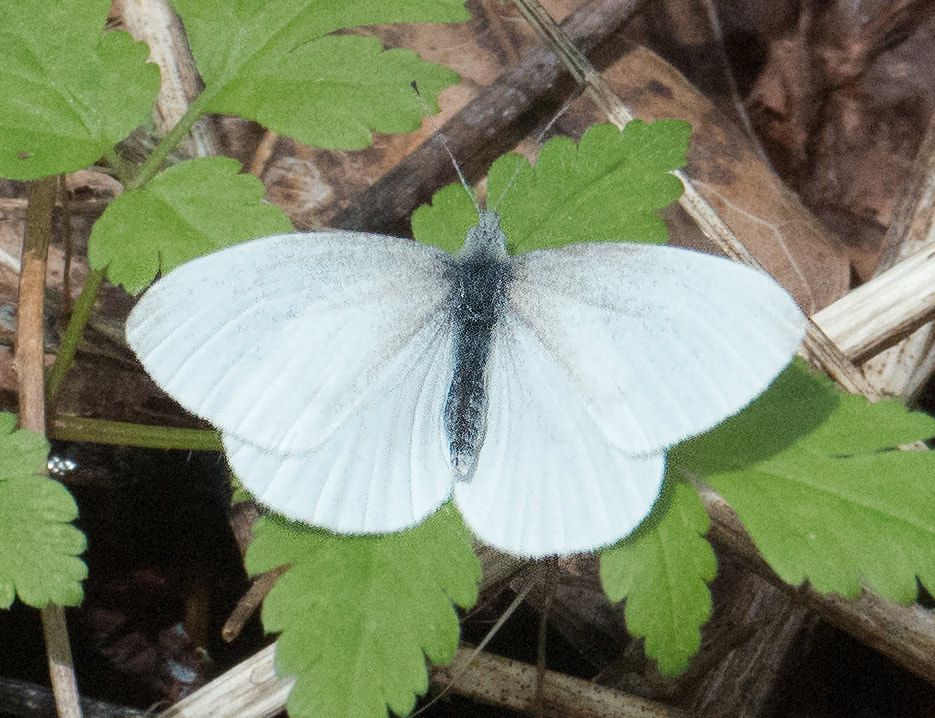
 RSS Feed
RSS Feed